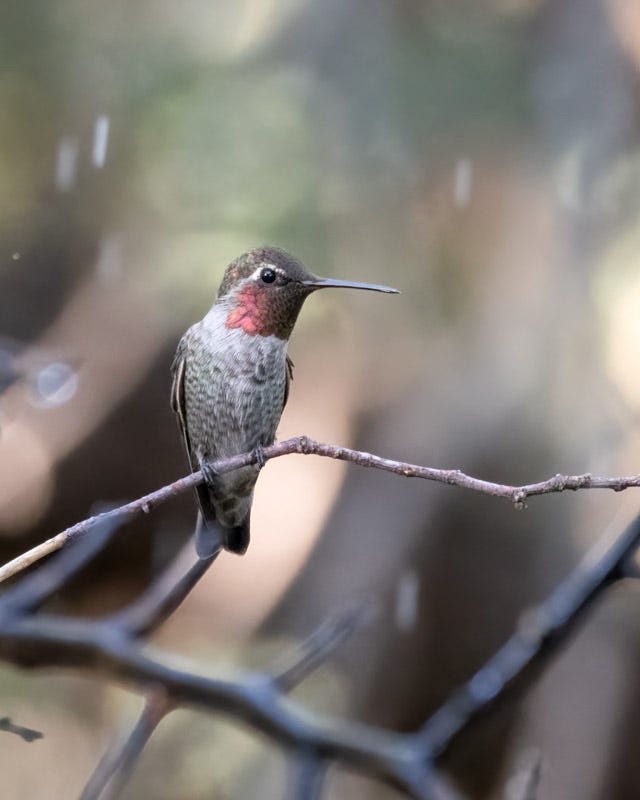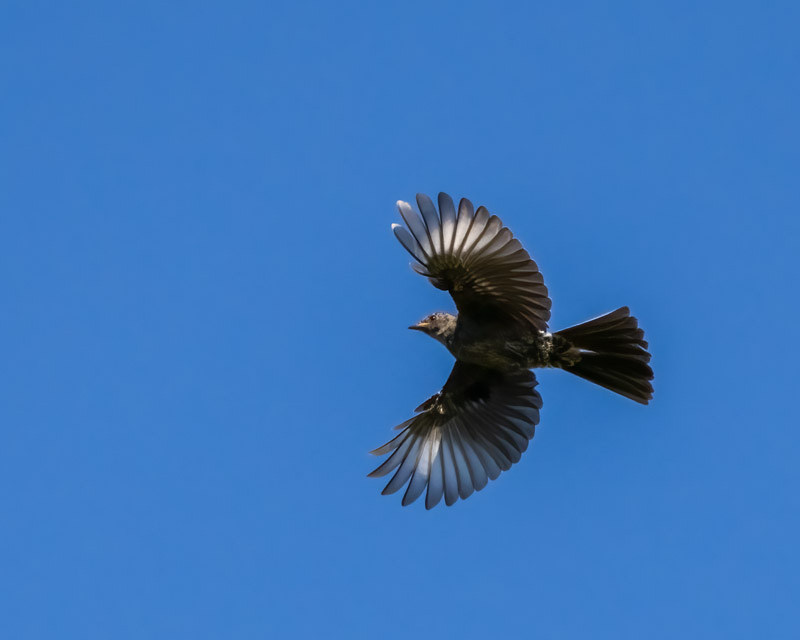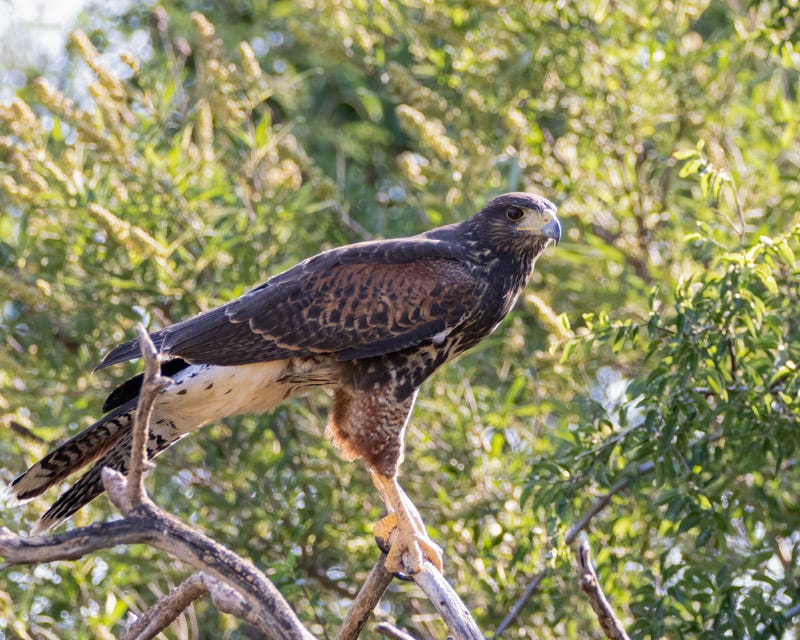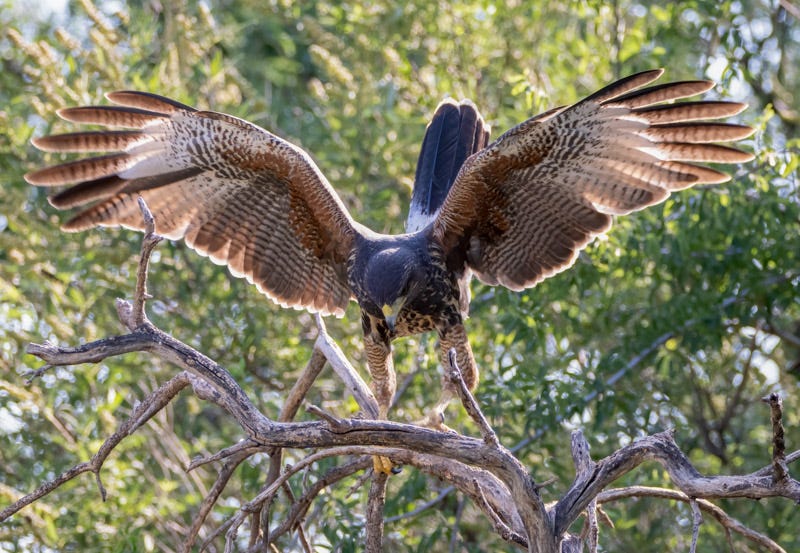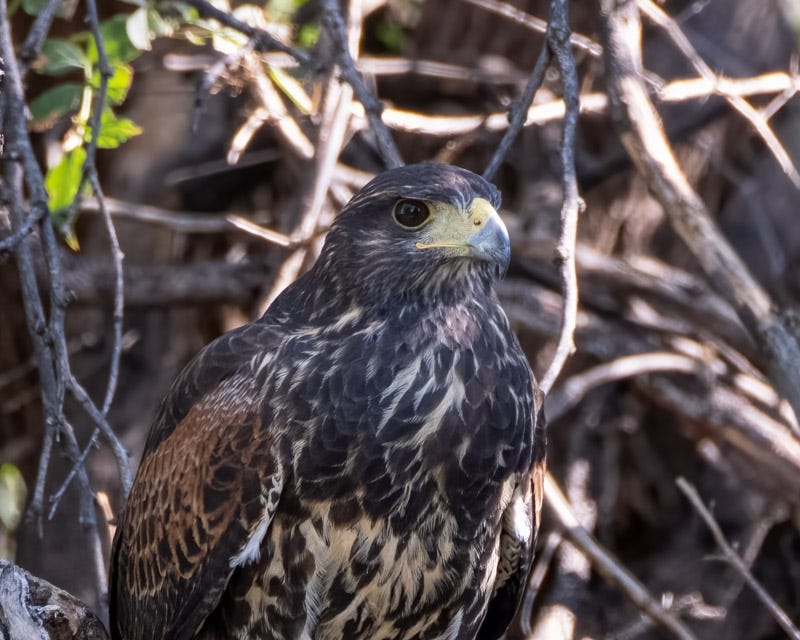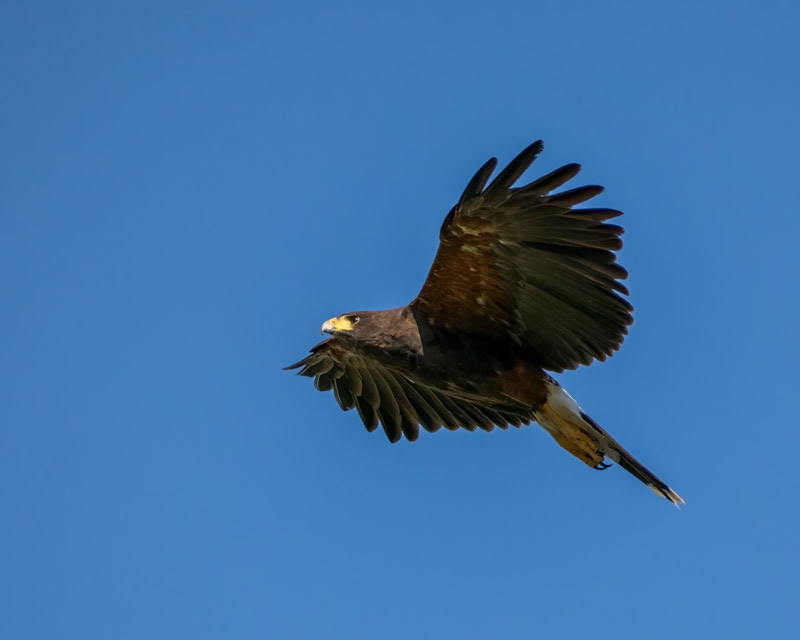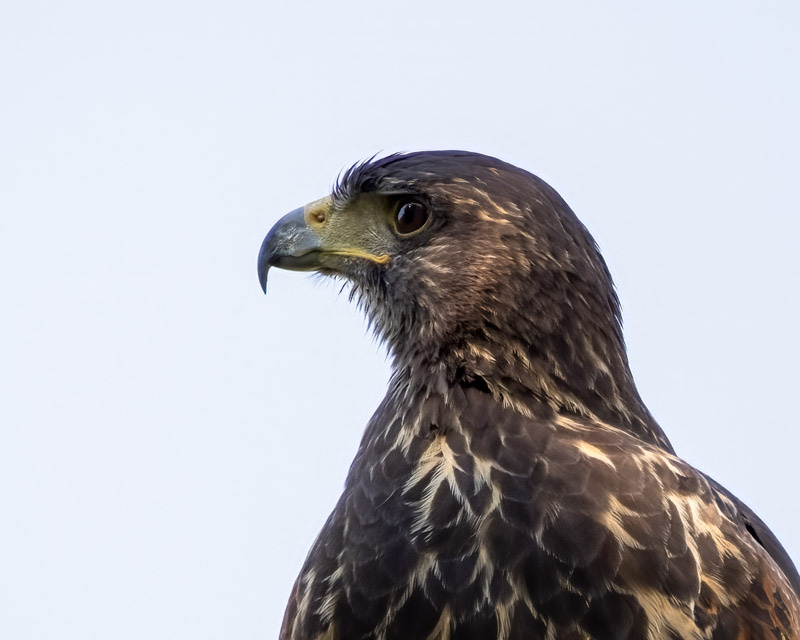WOW Again
Sept. 22, 2024: A morning at Wild Outdoor World of Arizona
I've been to WOW Arizona before and I returned with a friend this past July. "Wild Outdoor World of Arizona" is a three acre site on the western end of the Catalinas that was created and nurtured as a natural preserve. Boasting over 80 feeders and two hummingbird patios, it is a nice place to visit. https://www.wowarizona.org On the morning we arrived, our first stop was at the "shower", where birds like this Anna's Hummingbird come to freshen up in the morning.
Hummingbirds are everywhere on site. This Costa's finished a drink and took off from one of the feeders.
The variety of habitats at WOW allow for a nice diversity of birds. A Curve-billed Thrasher perched on a cholla and watched over the area for a while. With the long curved bill and those large yellow eyes, Curve-billed Thrashers always look like they are in a grumpy mood. These Thrashers are closely associated with cholla cactus in our area: https://tucsonaudubon.org/bird_profile/curve-billed-thrasher/
A large Aleppo Pine hosted a family of Phainopeplas. There must have been a 'cloud' of insects in the air near the treetop as the Phainopepla would take turns flying out, catching an insect, and then returning to the tree to rest, only to repeat that hunting behaviour over and over again. Birdnote tells a nice story about Phainopepla: https://www.birdnote.org/podcasts/birdnote-daily/phainopeplas-glisten
Among the many birds, my favorite of the morning was watching a Harris's Hawk family on the grounds. A juvenile Harris's Hawk dropped in, very close to the front yard. It spent some time on a branch right at our eye level.
At one point the Harris's Hawk turned around on the branch. It wasn't as easy as it thought it was going to be, and the raptor seemed to struggle for its balance.
It had to grip with its talons and flare its wings to remain on the branch......
Finally, it settled down and then soon took off for another perch spot across the path. I love its wide open talons in this shot. The white streaking on its belly and the patch of white on its wingtips lells us this is a juvenile bird.
Once it landed in the middle of the tree, it remained still for quite a while. You can see the patchy white on the belly of this immature Harris's.
The family of Harris's Hawk moved in and out of the huge pine tree. Here is an adult flying up to the top of the tree. You can see that this adult has no white streaking on its belly and no big white patch near its wing tips.
A Harris's Hawk returned to the pine tree nearest us. Whether this is the original juvenile or another immature bird, I can't be certain. Still, there is no question this is not an adult Harris's. Looking at this shot, it seems as if there is a large bulge near the top of the breast of this bird. If so, what we are seeing is an engorged crop. That means the bird has recently eaten prey, its stomach is full, and there are uneaten leftovers sitting in this muscular pouch at the top of the bird's esophagus.
I like the portrait of this Harris's Hawk. The crop does look large while the small feathers on the bird's head and neck and the detail of the white feathers is really nice to see.
I hadn't seen Harris's Hawks in the wild for quite some time, so this made for a very special morning.


